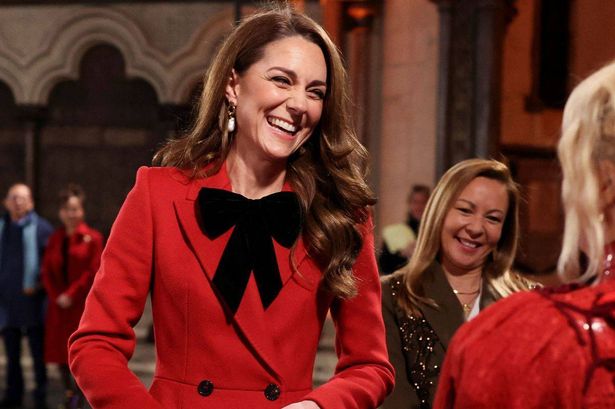The British Royal Family, constantly under the public eye, understands the power of fashion as a form of communication and diplomacy. Their clothing choices are meticulously curated, reflecting not only personal style but also tradition, occasion, and even subtle messaging. While grand occasions call for bespoke haute couture and dazzling tiaras, the royals also demonstrate a penchant for practicality and repeat wear, often showcasing a loyalty to particular brands, silhouettes, and even specific garments. This approach fosters a sense of relatability and sustainability, demonstrating that even those in the highest echelons of society appreciate the value of a well-chosen, versatile wardrobe. Examining the fashion preferences of several prominent royal family members reveals insights into their individual personalities and approaches to style.
Queen Elizabeth II, known for her steadfast adherence to tradition, maintained a remarkably consistent wardrobe throughout her reign. Her signature brightly colored coats and matching hats served a practical purpose, ensuring visibility in crowds, while also becoming an instantly recognizable symbol of her presence. Beyond the vibrant outerwear, the Queen favored classic silhouettes – A-line dresses and skirts falling just below the knee – in solid colors or understated prints. These choices projected an image of timeless elegance and authority, underscoring her role as a constant figurehead amidst a changing world. Her preference for practical handbags, often by Launer London, and sensible low-heeled shoes further emphasized her commitment to functionality and comfort. This unwavering commitment to a specific aesthetic reinforced the Queen’s image as a stable and dependable leader.
Catherine, the Princess of Wales, has cultivated a polished yet approachable style, often opting for sophisticated dresses and tailored separates. She has a particular fondness for coat dresses, which offer a blend of formality and practicality, and she skillfully navigates a range of styles, from classic A-line silhouettes to more contemporary, fitted designs. The Princess also demonstrates a keen understanding of the diplomatic power of fashion, often choosing outfits that pay homage to the host country during international visits. Beyond her formal attire, the Princess of Wales also embraces more casual looks, frequently seen in jeans, Breton striped tops, and comfortable sneakers, reflecting a modern and relatable sensibility. Her ability to seamlessly transition between high-fashion glamour and everyday chic solidifies her position as a contemporary style icon.
Meghan, the Duchess of Sussex, brought a distinctly modern and Californian sensibility to the royal family’s fashion repertoire. Before stepping back from royal duties, she favored sleek, minimalist silhouettes, often opting for neutral color palettes and tailored separates. She showcased a preference for structured sheath dresses, tailored trousers, and crisp button-down shirts, often paired with classic pumps or pointed-toe flats. Her style, while respecting royal protocol, often incorporated contemporary trends, demonstrating a willingness to experiment with different designers and silhouettes. This modern approach resonated with a younger audience and established her as a fashion influencer in her own right. Since stepping away from official royal duties, her style has evolved further, embracing a more relaxed and bohemian aesthetic, reflecting her new life in California.
Princess Beatrice and Princess Eugenie, daughters of Prince Andrew, have carved out their own individual styles within the royal family. Princess Beatrice, known for her bold fashion choices, embraces bright colors, vibrant prints, and statement headwear. She isn’t afraid to experiment with different silhouettes and designers, often opting for contemporary pieces with a touch of whimsy. Princess Eugenie, on the other hand, tends towards a more classic and understated aesthetic. She favors elegant dresses and tailored separates, often in muted tones or floral prints. While both sisters adhere to royal dress codes for formal occasions, their individual styles shine through in their choices of color, pattern, and accessories. Their differing approaches to fashion highlight the diverse range of personalities within the royal family.
The royal men, while often adhering to traditional tailoring, also showcase individual preferences within the confines of formal dress codes. Prince William, now the Prince of Wales, typically opts for classic suits in navy or charcoal gray, projecting an image of professionalism and understated elegance. He often incorporates subtle details, such as patterned ties or pocket squares, to add a touch of personality to his formal attire. Prince Harry, the Duke of Sussex, has demonstrated a slightly more relaxed approach to tailoring, occasionally choosing more casual styles and lighter color palettes, particularly since relocating to California. Both princes, however, demonstrate a preference for classic menswear staples, reflecting a timeless and sophisticated approach to dressing. Their fashion choices, while adhering to royal protocol, still allow for individual expression within the boundaries of tradition. By carefully curating their wardrobes, the male members of the royal family contribute to the overall image of the monarchy, projecting both tradition and modernity.














